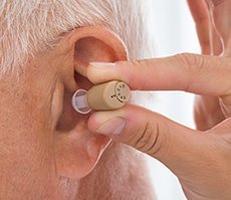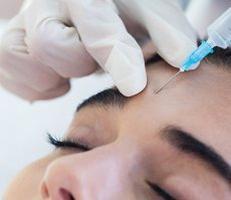Tonsillectomy and Adenoidectomy Surgery
A tonsillectomy and an adenoidectomy are surgical procedures to remove tonsils and adenoids. Occasionally, tonsils can become inflamed or infected. Adenoids can also become inflamed or infected as well as becoming enlarged. If symptoms are severe enough or occur with great frequency, a tonsillectomy will be performed to remove the tonsils and an adenoidectomy will be done to remove the adenoids.
Treatment for Tonsillitis and Adenoiditis in New Braunfels
Dr. Lano can decide upon the best treatment based upon age, overall health, medical history, type of infection and a child’s tolerance for medication or therapies. Treatment also depends on the severity of the infection and the frequency with which the child develops infections. While antibiotics can help, a physician may refer you to an Ear, Nose and Throat surgeon like Dr. Lano to have the tonsils and adenoids removed.
Conditions indicating a Tonsillectomy and Adenoidectomy include:
- Sleep apnea, or periods during sleep when someone stops breathing
- Difficulty swallowing
- Tumor in the throat or nasal passage
- Bleeding from tonsils
- Nasal passage blockages and uncomfortable breathing
- Severe sore throats in one year*
- Five sore throats in each of two years*
- Three sore throats in each of three years*
- Sore throats with fever above 101° F, discharge on the tonsils, positive strep throat culture.
Additional and controversial symptoms indicating tonsil and adenoid removal include:
- Considerable snoring
- Frequent throat infections or abscesses
- Frequent ear infections
- Varying degrees of hearing loss
- Sinus infections
- Ongoing mouth breathing
- Frequent colds
- Coughs
- Bad breath
In all cases, Dr. Lano should be consulted for proper diagnosis and treatment.
Surgery and Recovery for Throat Surgery
Tonsillectomies and Adenoidectomies are generally performed on an outpatient basis and most patients can go home on the same day as the surgery. Since the surgery requires a general anesthesia, the patient will be anesthetized in the operating room where Dr. Lano will then remove the tonsils and adenoids through the mouth.
Recovery begins in the recovery room where the patient is closely monitored. Once he or she is doing well, they will be released to fully recover at home. You will be prescribed pain medication, increased fluid intake and no rough activities for a specified length of time.
* Source: American Academy of Otolaryngology









